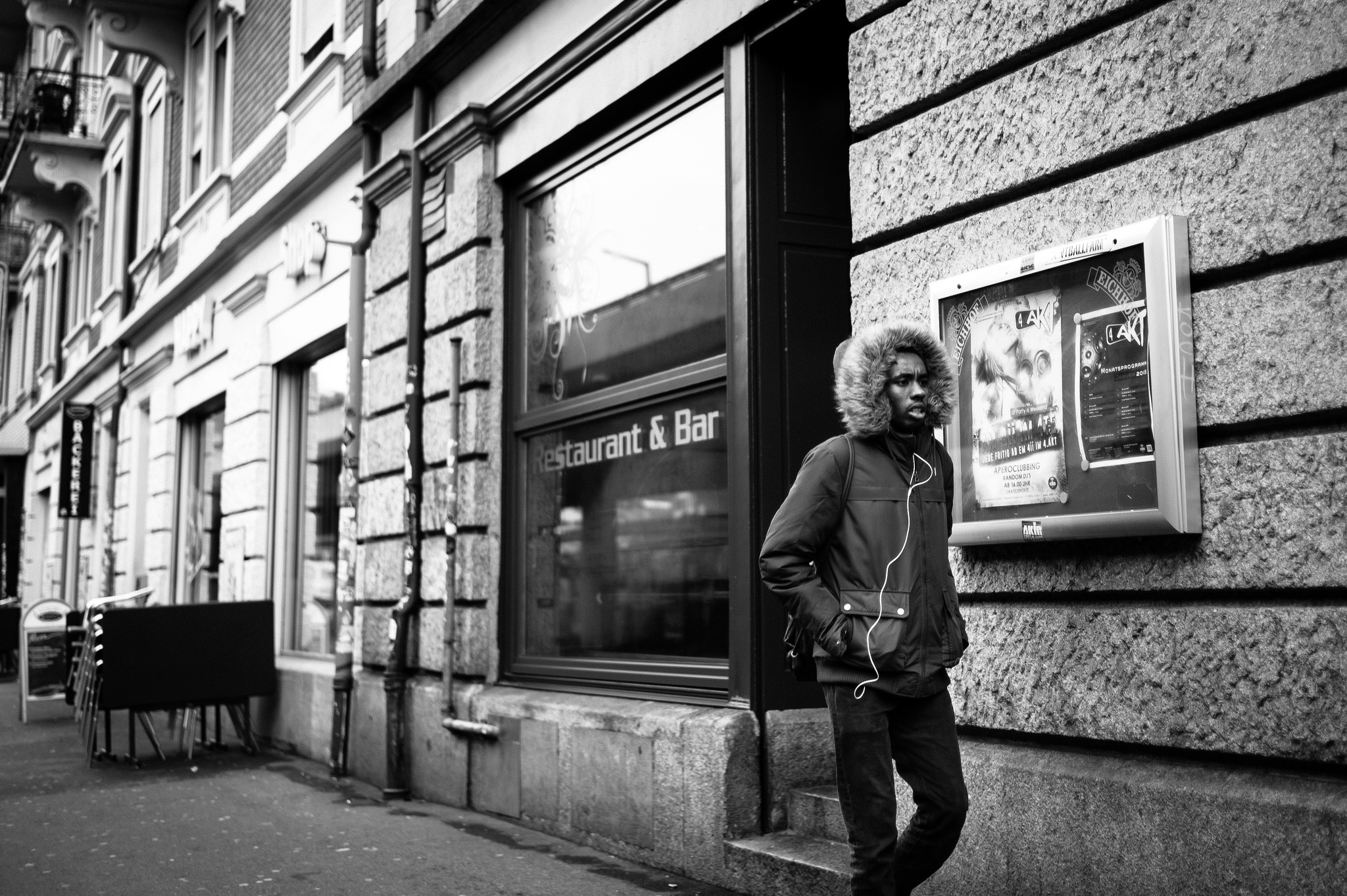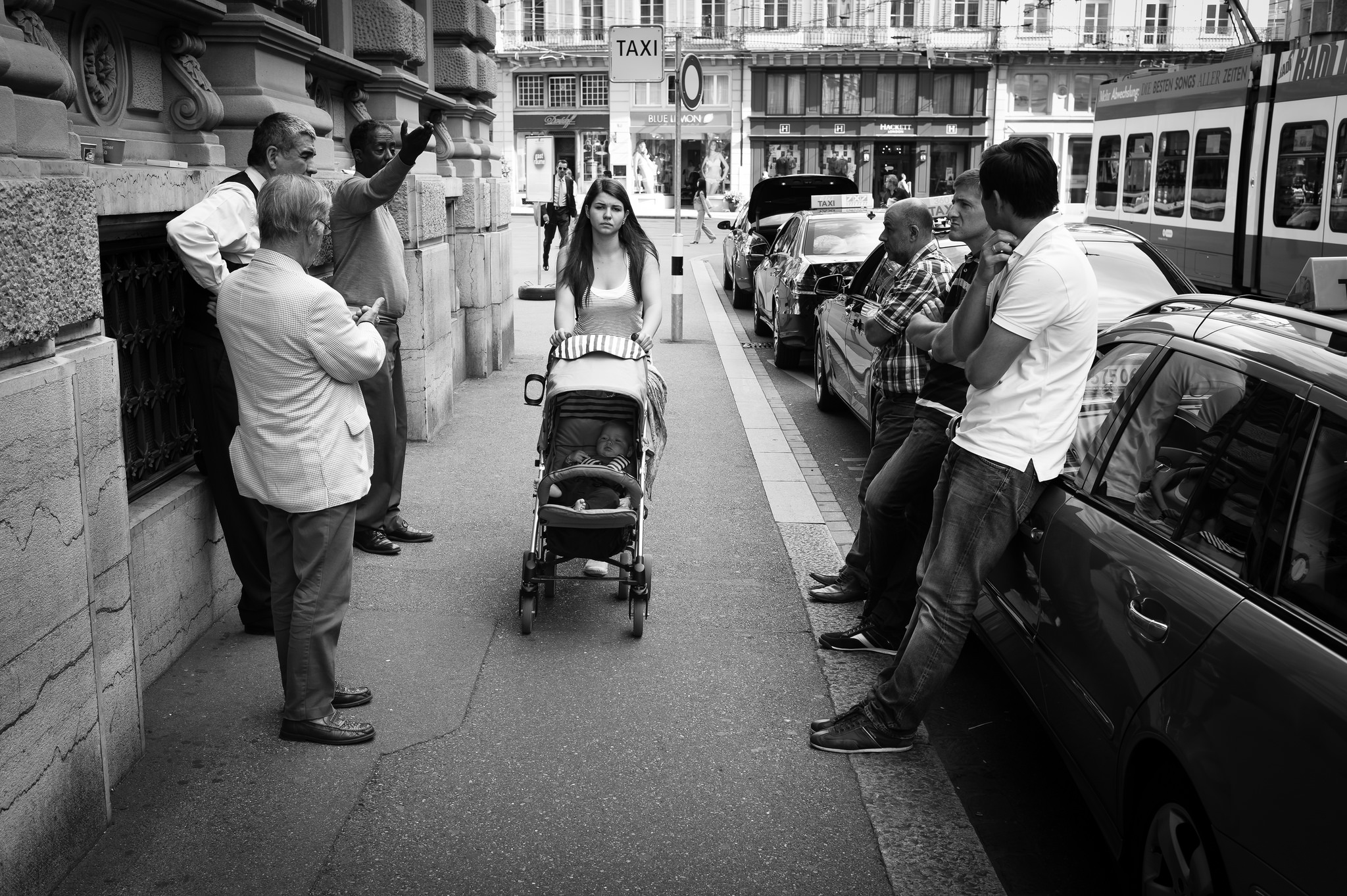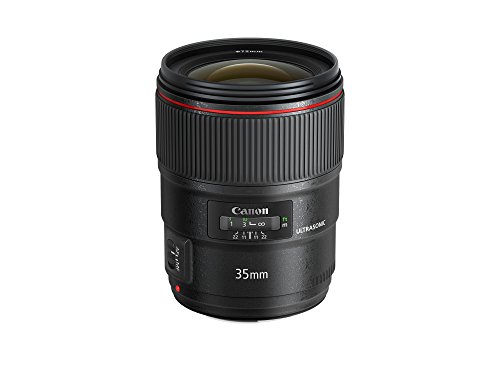6 Reason Why The 35mm Lens is BETTER Than The 50mm Lens!
The Nifty Fifty (50mm lens) is a great prime lens focal length especially for the price if you are shooting portraits of people, but at times can feel quite limited in the shots you can get especially in tight close quarters. Going back to the stock kit zoom lens that came with your camera is not a useful option, so what type of lens should you get next? Great questions. Today I'm going to share 6 reasons why the 35 mm lens is BETTER than the 50mm lens. When you put them side by side for comparison the 35 mm vs 50 mm lens you will see the 35 mm lens has a lot of advantages over the 50 mm.
Which prime lens is better 35mm or 50mm?
The 35mm lens focal length is more versatile when shooting indoors for its wide field of view and capturing more scenery when traveling than the 50mm lens which is more zoomed-in making it difficult to use indoors but ideal for traditional, headshots and portraits.
*Disclaimer: This article contains affiliate links and I will receive a commission if you choose to purchase a 35 mm lens through one of these links, at no additional cost to you and is not meant to reflect negatively on the 50 mm lens as it truly is a gem.
#1 You’ll Get More in Focus.
What's that? You miss focus a lot when shooting your 50 mm lens at f1.8? To know why your missing focus, will help us unlock knowing how the 35 mm lens will let us get more in focus. Focus is controled by 3 factors. Your subject's distance from the camera, the aperture your lens is set to, and the focal length of the lens. With a 50 mm focal length lens you may find that on a crop sensor camera, when you're indoors the lens may be “too zoomed in” or “too tight” and on top of that when you try to take someone's photo they tend to get too close to the camera and the camera won’t autofocus on them. That’s perhaps because they are within the lens's minimum focusing distance. Meaning your 50 mm lens can not focus close enough to get a lock on your subject, leaving them out of focus. With a 35 mm lens you can focus closer than the 50 mm lens. Next the wider field of view allows for a deeper depth of field. Depth of field is the distance of how much will be in focus. If you focus a 50 mm lens to 10 feet at f1.8 you will have 9.7inches of focus. Everything in front of that will be out of focus and everything behind that will be out of focus. If you struggle with image sharpness, this may be the real issue. The same settings on a 35 mm lens will give you more than 20 inch depth of field. More than double the space to get your subject sharp and in focus!
More is in focus. Photo by Flickr User Tobi Gaulke
#2 It’s More Versatile
I’m sure you have been in a situation with a 50 mm lens where you just can't back up far enough to get everything you want in the photo. I know I have and it sucks! The 50 mm lens is considered a “Standard Lens”. It’s not wide, and it’s not too zoomed in. The characteristics are very close to what our human eye sees as far as compression. This is not the case however when put on a crop sensor camera as the field of view becomes closer to an equivalent of an 85 mm lens. 85 mm is considered a telephoto lens this makes it great for portraits. A 24 mm focal length lens is classified as a “wide angle lens” because it takes in much more than our eyes do, the difference is that it creates distortion in your photography in the form of bowed lines. So 50 mm vs 35 mm, where does the 35 mm come in? It’s like a wide angle standard lens. The 35 mm lens is much wider than a 50 mm lens in the same conditions but does not cause nearly as much distortion as the 24 mm lens. Because of this, it can be a wide angle when you want it to be and also a standard if you want it to be! That's great performance. You can go out and shoot wide landscapes, then just move in closer to change subjects and still be able to shoot portraits. Something not possible with 50 mm primes.
Wide when it needs to be. Photo by Flickr User gato-gato-gato
#3 It’s More Revealing
When was the last time you were 40ft away from someone and felt an intimate connection with them? I’m guessing it’s not often. That’s what it’s like with 50 mm lenses. The 50mm focal length can be pretty tight in many situations and hard to control. Sure you can isolate them but are you getting a clear view of who they are? By comparison, the 35 mm lens forces you to get close to your subject, to learn who they are, to get you into their personal bubble. This amplifies true emotions. If they feel comfortable with you, you will know right away from how relaxed they look, and if they are not comfortable it can create some tense images.
#4 It Tells The Whole Story
What does every story need? Who, what, when, where, and why. We learned these story elements in grade school. Photography is simply a form of storytelling (but we use light and moment rather than pen and paper). We can know the WHO with the 50 mm just fine but when you start shooting with a 35 mm lens you also open up the door to the What, When, Where, and even Why if you have a keen eye. It’s all context. With the 50 mm you might get a picture of someone eating a weird-looking corndog. With the 35 mm you can see that your subject is at the state fair eating chocolate-covered bacon-wrapped corndogs at night in front of the beautifully lit and colorful Ferris wheel. See the difference? If your shooting on the street you can also control the story with the type of story you tell by what you include in the frame of your sensor.
Who, What, When, Where, Why. Photo by Flickr User
#5 Wide and Fast Make Photos that Stand Out
We have all seen beautiful wide photography that can perfectly fit a whole mountain landscape and we have all seen portraits with a shallow depth of field that perfectly isolates the subject while throwing the background out of focus. The out of focus background area is called Bokeh and is achieved by using your lenses maximum aperture. Well with a fast 35 mm lens you can get the best of both to create something that stands out since it’s not something we can see with the human eye.
Wide and Fast. Photo by Flickr User Mike Monaghan
#6 Better for Travel
When traveling packing light is always a concern but so is having all the gear you need to take the best photos. This usually consists of packing a range of options of every lens you own and a few you rent, just to be sure you don’t miss a single moment. But what ends up happening is that you get so wrapped up in taking photos that you are no longer present on the day of your adventure. Then what good are the photos if you can only experience them after getting them printed (or worse, just uploaded to Facebook)? The who, what, when, where, and why are what makes a great photo. The technicals are just extra. That's why when I travel I just bring a 35 mm prime lens and an 85 mm prime lens. And guess what? I rarely ever use the 85 mm prime lens, the 35 mm lens is the workhorse. Its ability to tell a story, shoot in low light, its versatility to be a wide and a standard, shoot a portrait and a landscape, and be light enough to not break my back makes it a must choose in my book for every photographer and a better buy than the 50 mm lenses more than 75% of the time.
Travel Photos to write home about! Photo by Flickr UserKarl Stanton
Do you need both 35mm and 50mm?
While I personally love the wide frame a 35mm lens provides, that wide frame can make close up portraits slightly distorted. Even though I use the 35mm lens more for everyday shooting, the 50mm lens holds a special place in my camera bag when I want to take portraits or isolate my subject with the 50mm’s large aperture.
If you are looking for a new lens, and you don’t have a 35 mm focal length in your camera bag, well look no further! Here are some links to amazon to pick up the best 35 mm lens offers for your camera system today. All the major camera makers have a 35mm focal length option. Canon, Nikon, Sony, and Fujifilm. Today third-party lens manufacturers like Sigma and Tamron also make fantastic lenses that photographers love. In return for buying a lens through my link amazon gives us a tiny commission at no additional cost to you! All of the lenses below will work with both Crop sensor cameras AND Full-frame cameras if you decide to upgrade the camera body in the future!
The Best 35mm Lenses for Canon and Nikon
These 35 mm lenses are for those who will not compromise on sharpness or image quality and are Canon and Nikons flagship lenses. They offer features just for Pros like lower distortion glass and ultra-fast apertures.
Great 35mm Lenses for Canon and Nikon
These are Canon and Nikon’s midrange 35 mm lenses and are geared towards hobbyists or anyone serious about increasing the quality of their images but don't need things like weather sealing like the above lenses. The Canon version even has image stabilisation built in to give you a sharp and excellent image.
Cheap 35mm Lenses for Canon and Nikon
You may not have the budget or be ready to spend several hundred dollars on a new lens. These 3rd party options will be the affordable choice for you and will make a great stepping stone until you are ready for a more robust 35 mm lens in the future.
If you would rather buy a used 35mm lens check out KEH - the world's largest pre-owned camera store online!












